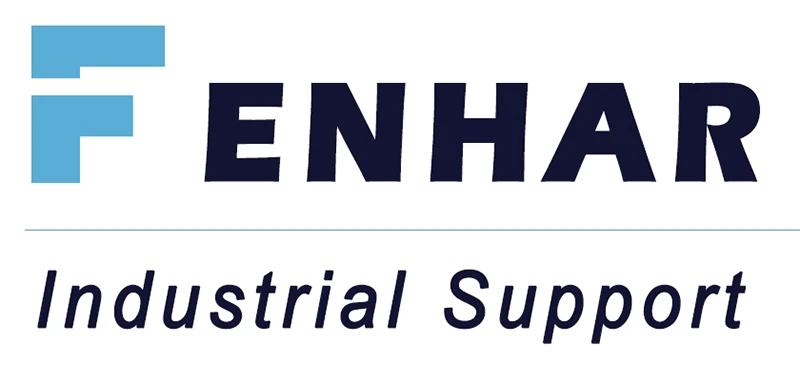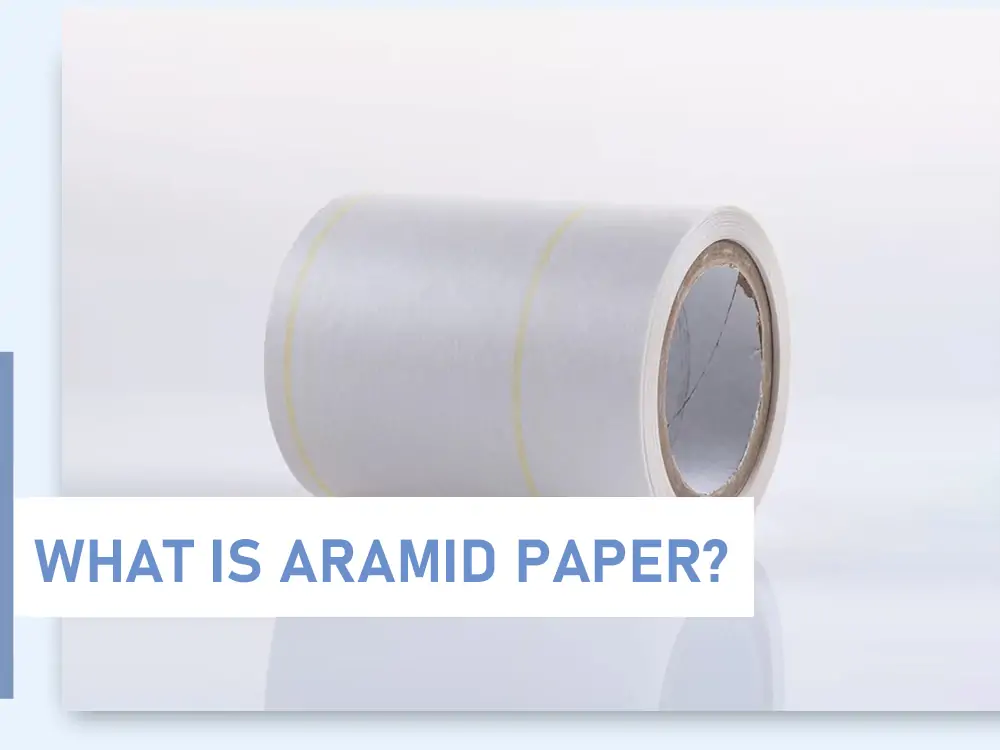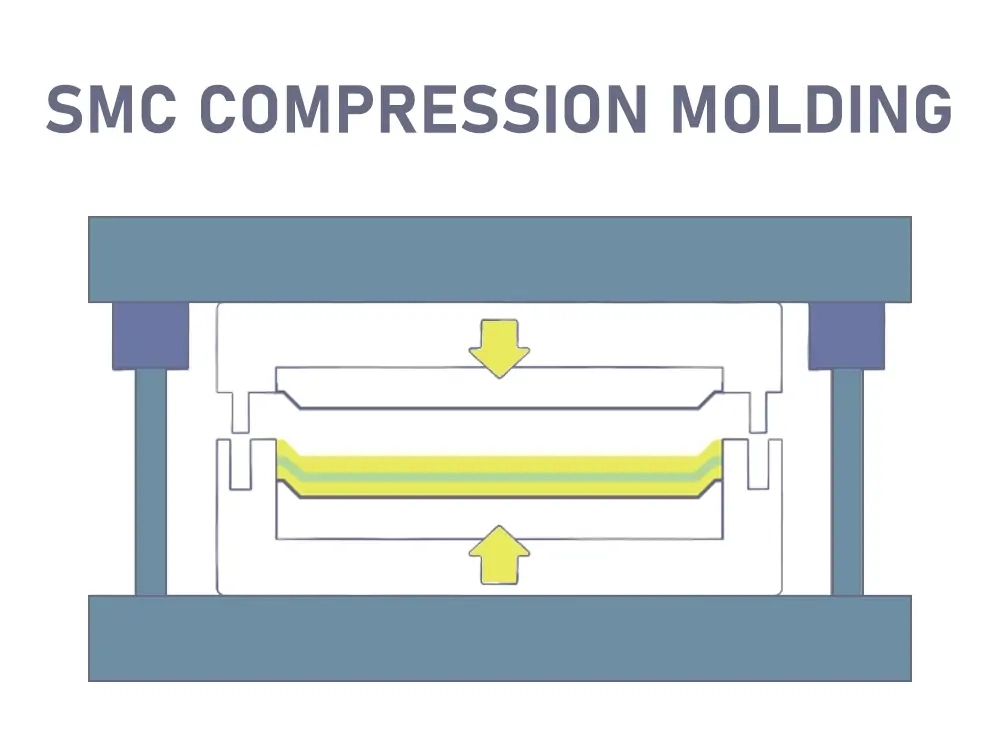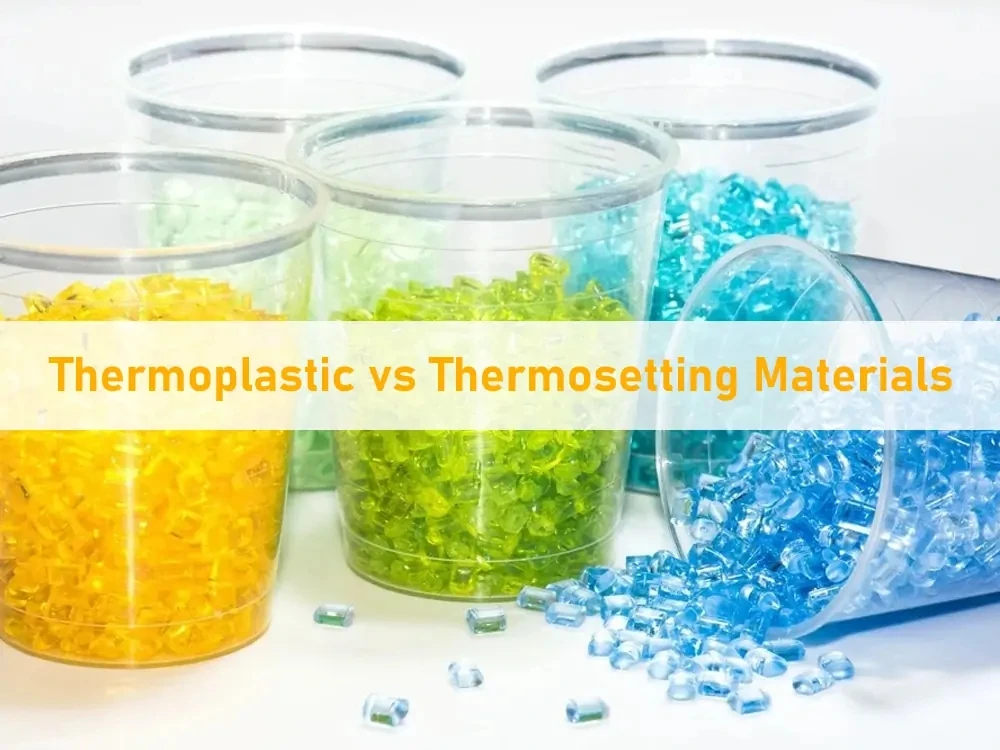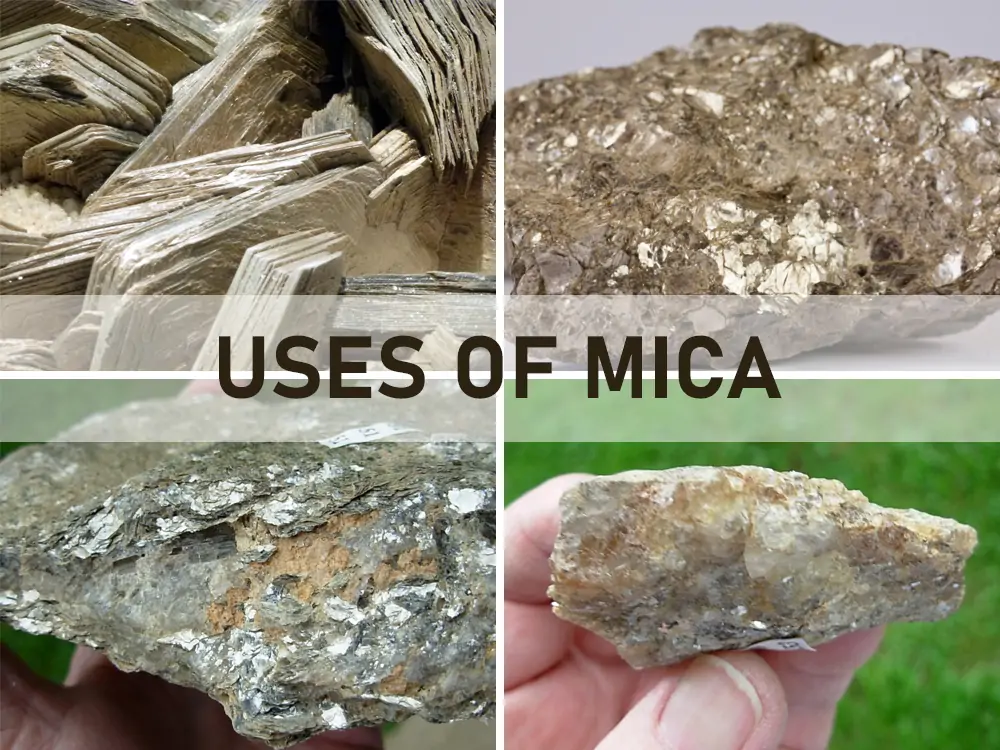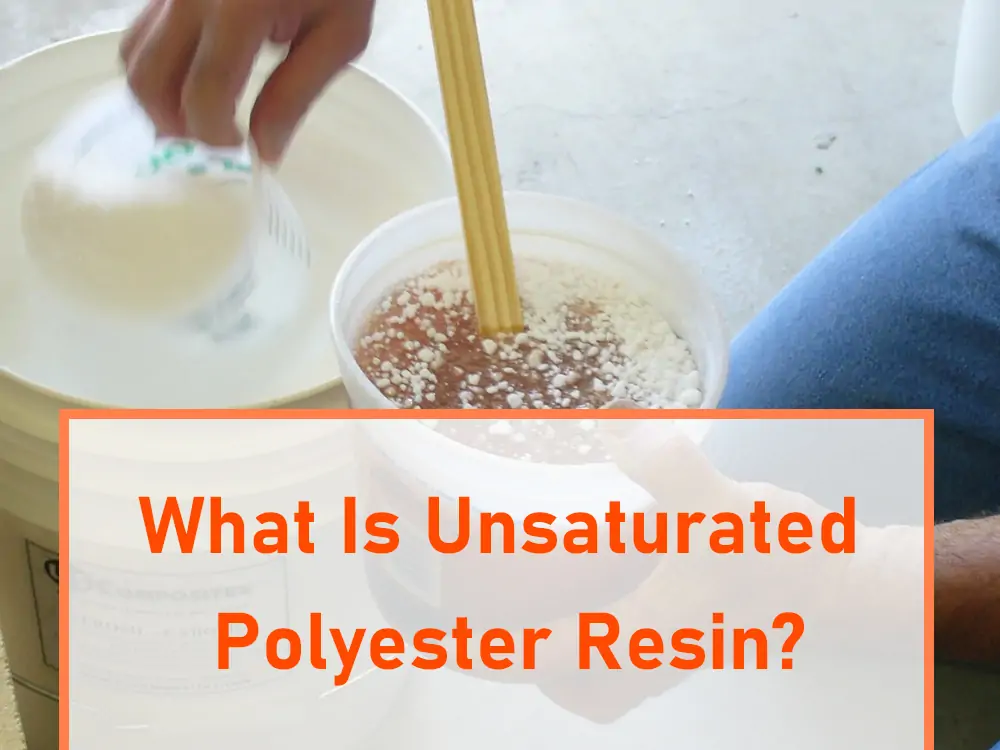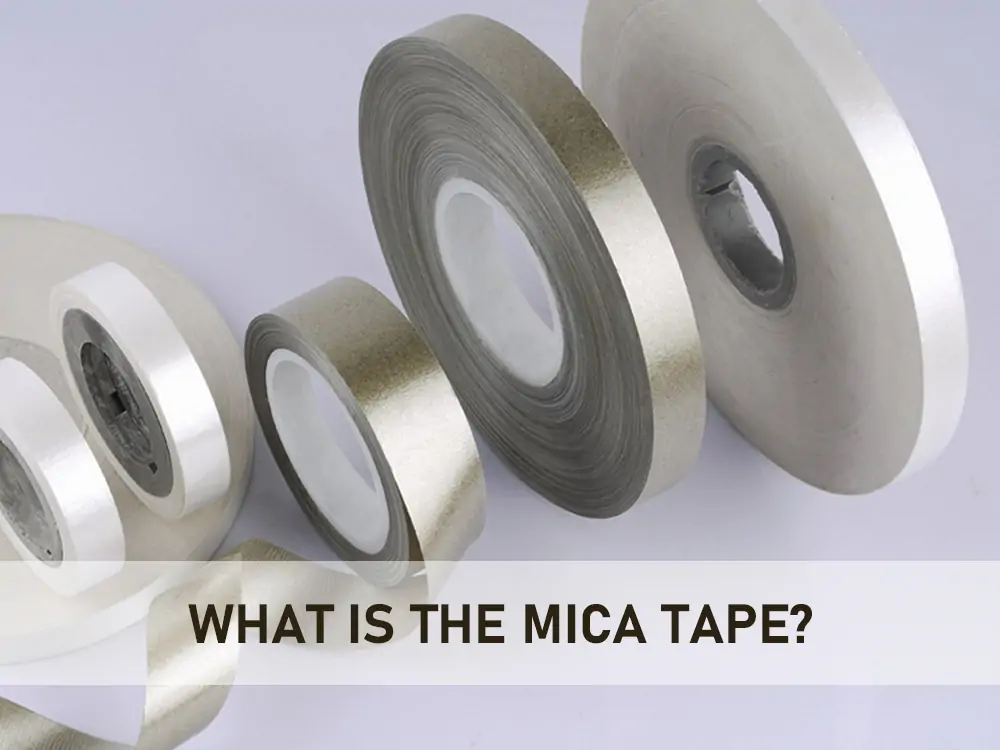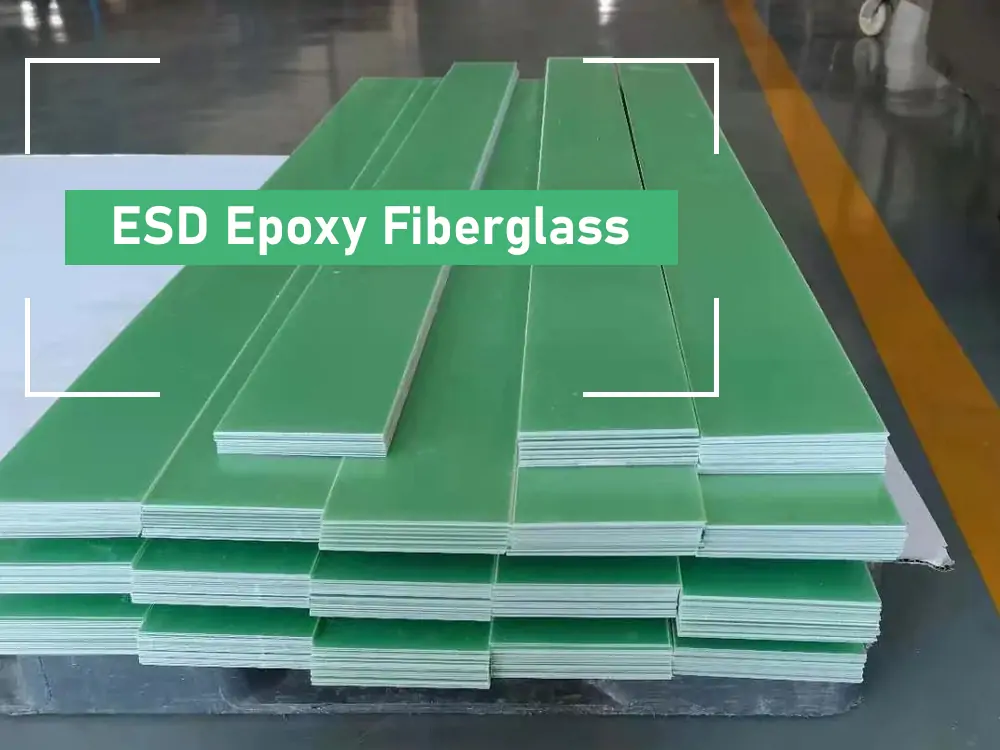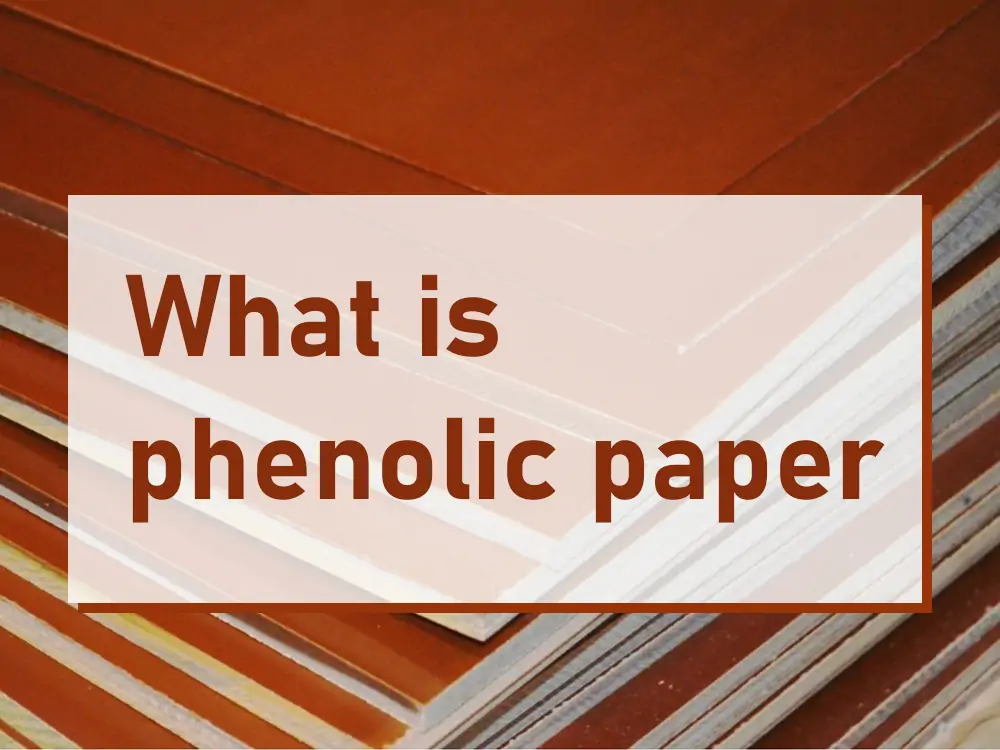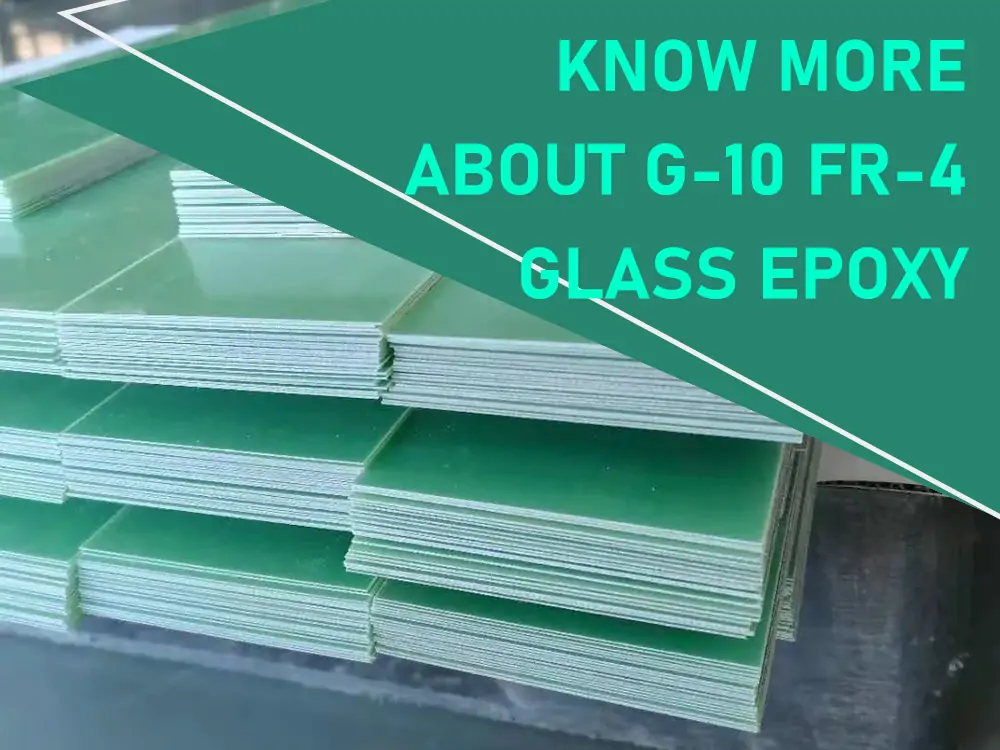FENHAR offers a comprehensive range of high-performance insulation tubes, including phenolic, epoxy, silicone, and mica variants, designed to meet diverse temperature and electrical resistance requirements across industries such as aerospace, pyrotechnics, cryogenics, communication, and maritime.
Aramid paper is a specialized material crafted from synthetic fibers. These fibers are known as meta-aramid and para-aramid. In this article, we will introduce it in a comprehensive way.
This text provides an overview of Sheet Molding Compound (SMC) and its manufacturing process, as well as introduces the concept of Long Filament Injection (LFI) molding as an alternative.
This article focuses on the difference between thermosets and thermoplastics and the characteristics of some plastic materials.
The article concludes that thermosets are generally stronger than thermoplastics because they have a stable cross-linked structure that retains their shape and works better at high temperatures.
This article provides comprehensive information about mica, a naturally occurring mineral known for its unique properties and versatile applications. It covers various aspects of mica, including its definition, characteristics, history, geological insights, and industrial uses.
This article focuses on all aspects of Unsaturated Polyester Resins (UPR), including its formation, production, types, applications, and disadvantages.
‘Mica Tape’ is a material widely used in various industrial applications. This article will tell you what mica tape is. Besides, it provides an in-depth look at mica tape’s unique properties and manufacturing process.
In the fast-paced world of electronics and sensitive equipment, protecting against electrostatic discharge (ESD) is of paramount importance. Enter ESD Epoxy Fiberglass, a revolutionary composite material designed to safeguard against static electricity and its potential hazards. In this comprehensive guide, we will delve into the depths of ESD Epoxy Fiberglass, exploring its properties, applications, and the benefits it brings to various industries. Get ready to unlock the potential of this cutting-edge solution and ensure the utmost protection for your valuable electronic components.
Discover the wonders of phenolic paper: its composition, properties, and applications. Explore this versatile material that combines phenolic resin and paper fibers.
Garolite is also known as G-10. Composite material materials have many types, like G-10. It can endure high pressure. We can form it by assembling many films of glass cloth. In this article, you will know more things about G10 fr4 glass epoxy
